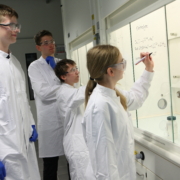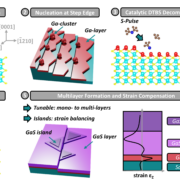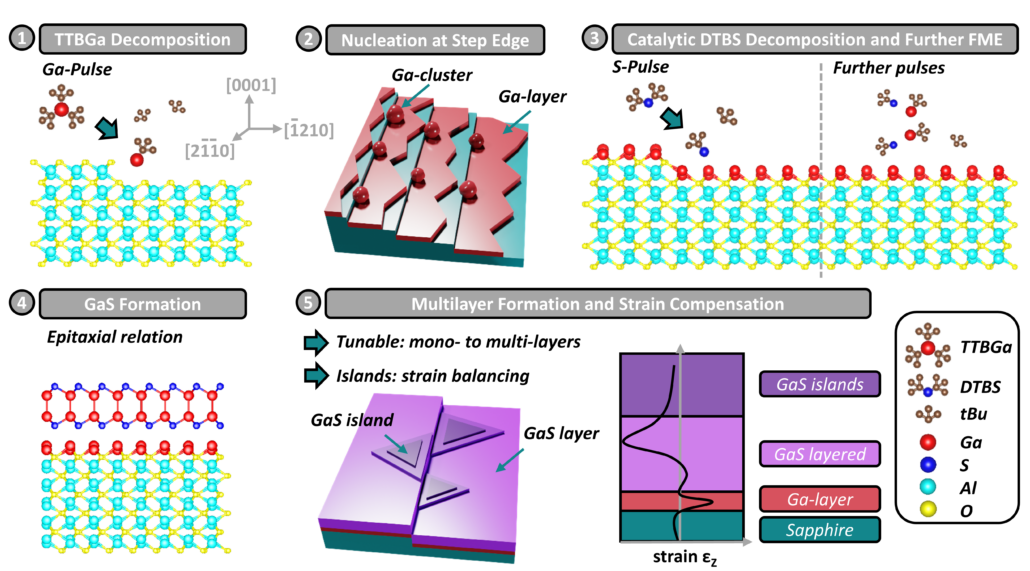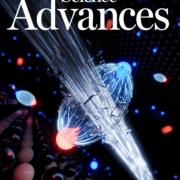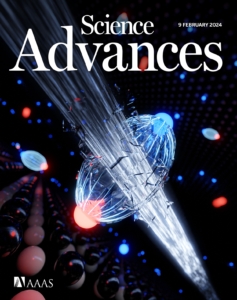35. Erfinderlabor: Scientific curiosity of the next Generation
Hessen’s young MINT scientists conduct research on hydrogen and renewable energies within the SFB 1083 and Philipps University Marburg
The 35th Inventors’ Lab (Erfinderlabor) of the Center for Chemistry (Zentrum für Chemie, ZFC) has successfully entered its finale. This year’s event was once again organized by the ZFC in cooperation with the Philipps University of Marburg and Elkamet and supported by other renowned cooperation partners such as the SFB 1083 and LEA (Hesse State Energy Agency).
The practice-oriented workshop not only offers valuable career orientation on career opportunities in the MINT environment (mathematics, informatics, natural sciences and technology), but also always addresses a current topic of high socio-political and economic relevance. The focus of this year’s Inventors’ Lab was on renewable energies and hydrogen.
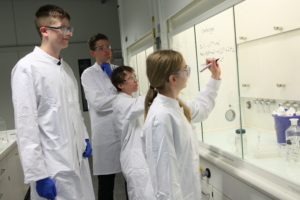
The participants were selected from 126 female and 111 male students from 99 Hessian schools, the German School Seoul International and the German Embassy School New Delhi. The sixteen students in four teams dealt with different issues in the context of the energy transition in different research groups, which are part of the SFB 1083. The topics were the use of TiO2 in photovoltaics, the hydrogen storage in organic molecules as well as the functioning of batteries and energy storage materials. Finally, the usage of raspberries in solar cells was investigated.
On May 17, the participants presented their research results on the topic of the energy transition to young people in the career orientation phase as well as representatives from research, business and politics at a virtual closing event. Armin Schwarz, Hessian Minister for Culture, Education and Opportunities, praised the “outstanding achievements” of the participants and described the content covered in the inventors’ lab as “directly relevant to the scientific and economic development of the state”. Prof. Dr. Sabine Pankuweit also emphasized: “Renewable energies and hydrogen are topics that could not be more topical.” The Vice President for Equal Opportunities and Career Development at Philipps-Universität Marburg joined the virtual closing event directly from a research laboratory.

The experts were impressed by the technical curiosity and quick comprehension, but also by the motivation and team spirit of the young people. “The graphics were well designed and the results were presented scientifically correct,” said Dr. Johanna Heine from the SFB during the virtual closing event (https://www.youtube.com/watch?v=n1u0s7DYPmA).
The local project partner was the Chemikum Marburg represented by Dr. Christof Wegscheid-Gerlach. “The Inventors’ Lab exemplifies how scientific topics of the future can be communicated at the intersection of school and university, and thus how both levels of education can be interlinked.”
Contact
Dr. Christof Wegscheid-Gerlach
Philipps-Universität Marburg
SFB 1083 project Oe
Tel.: 06421 28-25843
EMAIL

